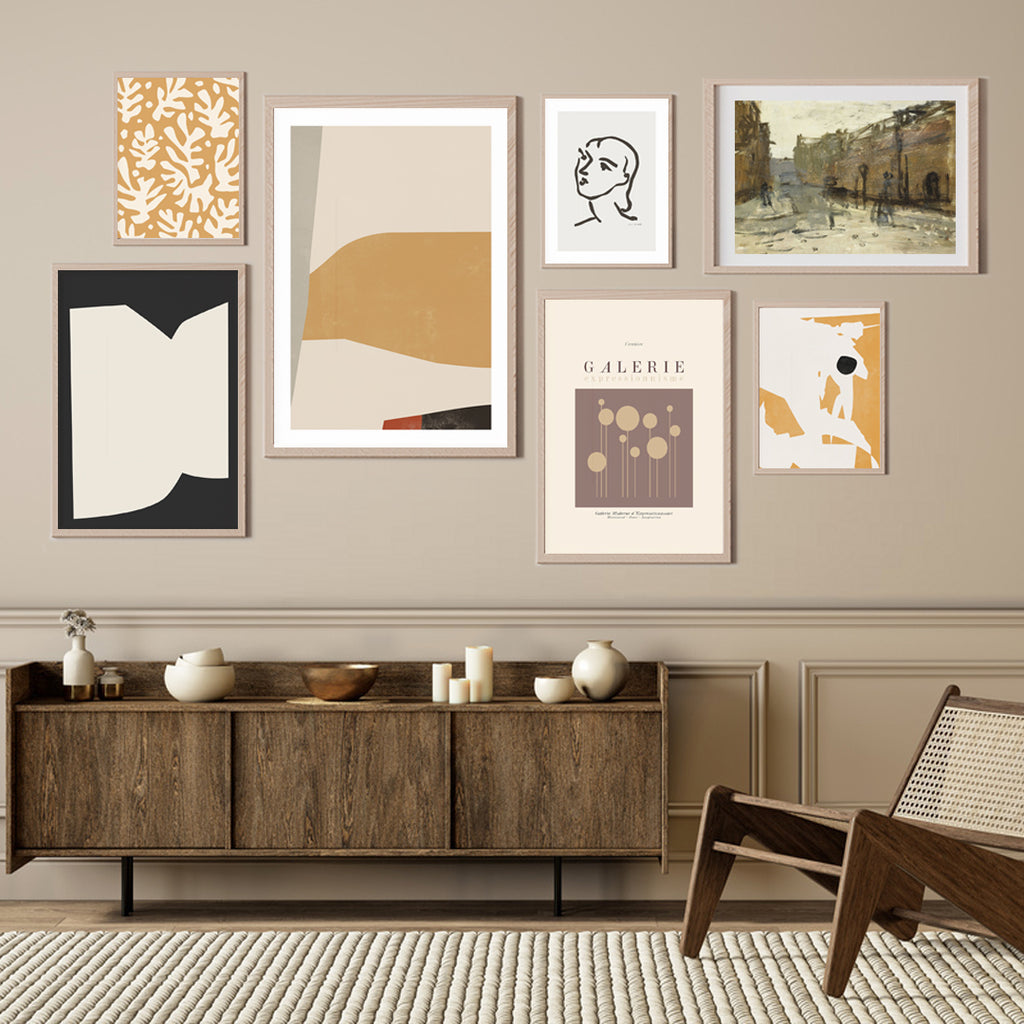What is Mid-Century Modern?
Generally condensed to simply MCM by experts and people in the field of art, Mid-century Modern refers to an American design movement in interior, product, graphic design, architecture and city planning. It was originally especially popular from 1945 to 1969, referred to as the post-World War 2 era.
This design movement, which was actually first coined as being a design movement in 1984, is an aesthetic build from a modernized use of the simplest shapes and forms and lines. The result is a clean, pure and simple art that manages to transcend ages specifically because of the lack of embellishment other design movements tend to focus on.
In Architecture, Le Corbusier is a major figure of the Mid-century Modern movement. His architecture relied on shapes and geometry and the symmetry of forms. Architecture is often a mixture of the core, and what envelops the core, and what embellishes the envelope. Le Corbusier stayed his focus on the core, which made up more than seventy-five percent of the whole of a result. Often, architects argue that the envelope and the embellishment are governed more by market availability than actual creativity – and the core of an architectural design is what should be used to define the nature of an architect's creativity and influence. The clean simplicity of his work was enough to stand the test of time, and brought modernism in the post world era. MCM was the demarcation line between an old architecture and art movement, and the modernized movement that soon became a staple in America's urban culture.
Where Le Corbusier's MCM impact led to Chandigarh in India, America embraced MCM through the builder and real estate developer Joseph Eichler. He was the one to bring Mid-century Modern architecture to Los Angeles in the form of subdivision of the urban planning of the LA area and the San Francisco Bay region of California. His work became known as the Eichler Homes.
In the meantime, MCM was also being introduced in the Chicago area by the creation of more Mid-century Modern residences.

In terms of home décor, Mid-century Modern refers of the same period of time, namely the mid-1940s through 1965.
The most referred-to artists of the Mid-century Modern movements are Jackson Pollock and Andy Warhol. While there are many others, the media gave these two enough coverage such that their influence and their work were generally used to exemplify the MCM. Pollock's works were given more fame beyond his death and the ways in which he created his paintings, with drips and splatters, came from a simplicity and eagerness to find the purest shapes that is common to the MCM theme.
Warhol's homage to MCM is often talked in the way he used colors. The bright and primary colors he would use qualify a boldness that few other artists would handle. Primary colors comes from wanting to stay simple, without the mixture, without the play in tones. He also used repeating patterns to emphasize a simplicity to the greater result.

If you are a fan of Mid-century Modern, we invite you to check our collection. The beauty of this movement is in its ability to blend into any sort of décor. The lack of embellishment allows that there is no contrast to any other art movement and it is this simple integration that now makes it popular. Nobody wants to go to the whole length of refurbishing and changing the existing décor of a home. MCM gives the opportunity to bring in freshness, modernism and a change without having to change the rest.
Mid-century Modern is the basis of most Scandinavian design. Because it is everlasting in simplicity, yet absolutely eye-catching. The eye and the mind is instinctively drawn and seduced by the simplicity of forms and colors, and this gives MCM an unrivaled longevity in art, architecture and overall design.




